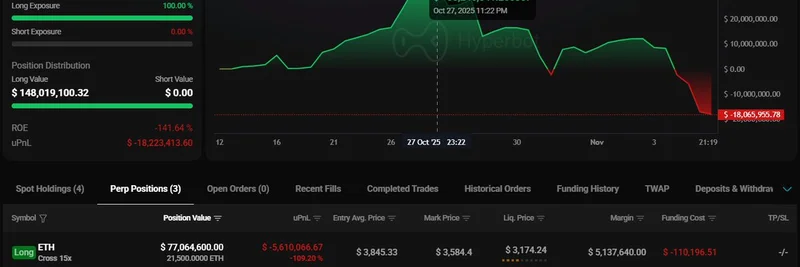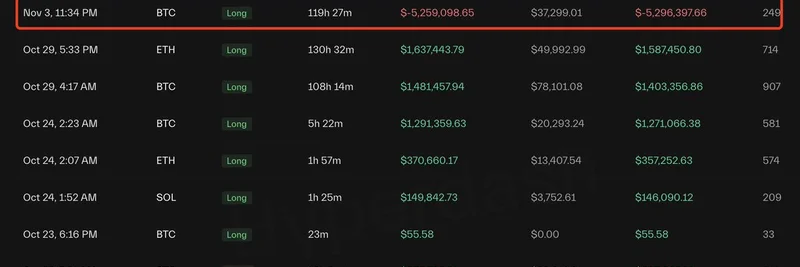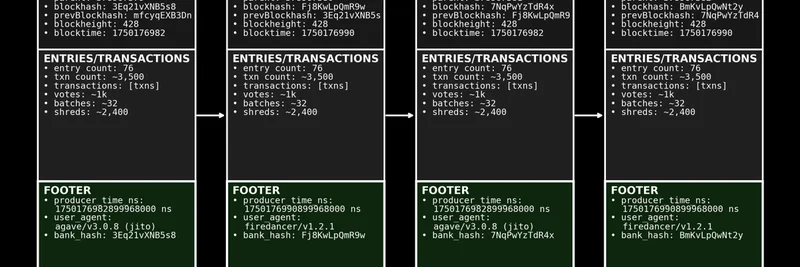If you're knee-deep in the world of blockchain and crypto, you've probably heard the buzz around stablecoins and how they're shaking up traditional finance. Recently, Paxos, a big player in regulated blockchain infrastructure, shared some eye-opening takeaways from the Sibos conference in Frankfurt. For those not in the know, Sibos is like the Super Bowl for banking and finance pros, where bigwigs discuss the future of money. This year, the spotlight was on digital assets, and Paxos CEO Chad Cascarilla was right in the mix during a panel debate titled "How will digital assets reshape the future of global finance?"
The panel, moderated by Ana Ierea from Bloomberg, included heavy hitters like Ather Williams III from Wells Fargo, Holger Neuhaus from the European Central Bank, Joseph Lubin from ConsenSys, and Thierry Chilosi from Swift. The discussion dove into how blockchain tech is evolving from hype to real-world implementation, especially in payments and settlements.
Breaking Down the Key Takeaways
Paxos boiled down the conversation into three main points in their thread on X, and they're worth unpacking, especially if you're a blockchain practitioner looking to stay ahead.
First off, stablecoins and tokenized deposits aren't the same beast, but both are carving out roles in global finance. Stablecoins, like Paxos' own USDP or PYUSD, are digital currencies pegged to stable assets (usually the US dollar) and backed by reserves. They're issued by non-bank entities and are already handling billions in daily transactions, making them super useful for quick, borderless payments. Tokenized deposits, on the other hand, are basically digital versions of your regular bank deposits, but on a blockchain. They're backed by the bank's balance sheet and offer programmability—think smart contracts automating transfers. The key difference? Stablecoins are out there thriving, while tokenized deposits are still ramping up with regulatory hurdles to clear.
Second, digital asset adoption is picking up speed, even if we're in the early innings. From fintechs to trading platforms, more players are jumping in. At Meme Insider, we see this firsthand in the meme token space, where stablecoins often serve as the safe harbor for traders dodging volatility. As Paxos put it in their follow-up, "Sibos made one thing clear—digital assets are moving from theory to implementation. The momentum is real, and banks of every size are being pulled into the conversation."
Third, banks have a tough choice: should they issue their own stablecoins or just accept existing ones? Issuing gives control but comes with big regulatory and tech challenges. Accepting or supporting regulated stablecoins—like joining networks for interoperability—might be the smarter, faster play for most. This decision could make or break a bank's relevance in a world where crypto is becoming mainstream.
Diving Deeper: What Banks Need to Know
Paxos didn't stop at the thread; they linked to a detailed blog post that expands on these ideas. It stresses that without a stablecoin strategy, banks risk getting sidelined in payments, custody, and settlements. For regional banks to global giants (G-SIBs), engaging now means deeper client ties and reclaiming deposits from fintech disruptors.
The post outlines options: issue your own stablecoin (high hurdles), support existing ones (quick entry but less economic upside), or join a network like Paxos' Global Dollar Network for shared benefits and compliance. It also warns against waiting for tokenized deposits, as stablecoins are already building massive infrastructure.
In the meme token ecosystem, this matters because stablecoins provide the liquidity and stability needed for trading volatile assets. As more banks get involved, we could see easier on-ramps for fiat-to-crypto conversions, boosting adoption across the board.
Why This Matters for Blockchain Enthusiasts
Events like Sibos show that blockchain isn't just for crypto natives anymore—it's infiltrating traditional finance. For those building or trading meme tokens, understanding these shifts can help you navigate regulations, find better liquidity pools, and spot opportunities in tokenized assets. Paxos is positioning itself as a bridge between old-school banking and blockchain, and their insights hint at a more interconnected future.
If you're curious about diving into stablecoins or exploring how they tie into meme tokens, keep an eye on platforms like Paxos. What's your take on banks entering the stablecoin game? Drop your thoughts in the comments!




